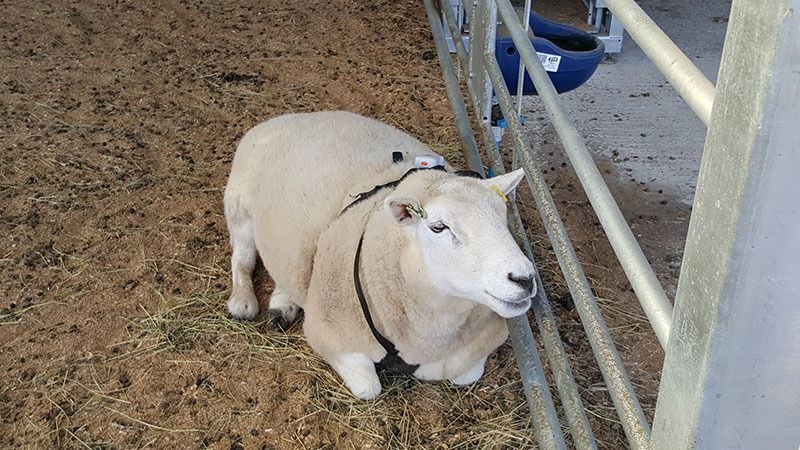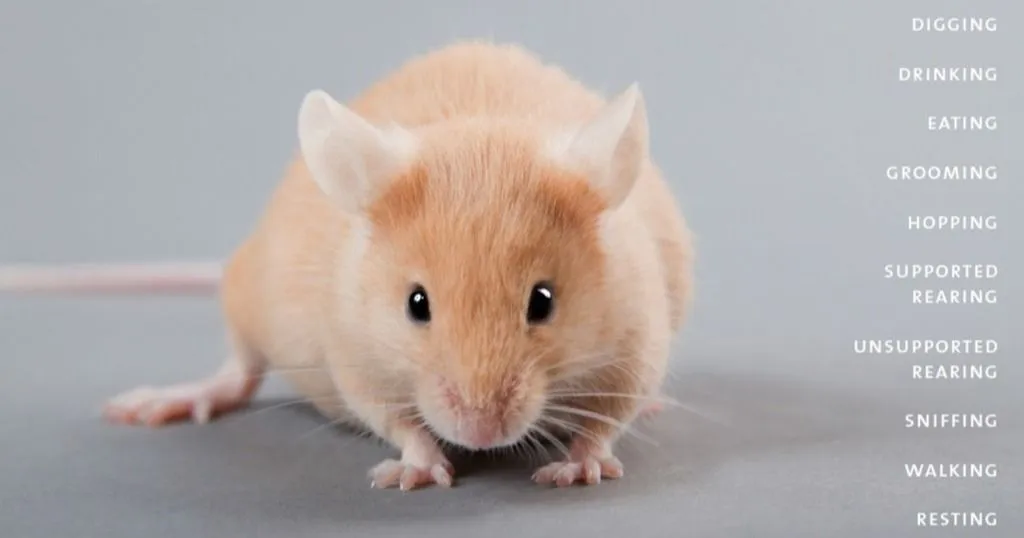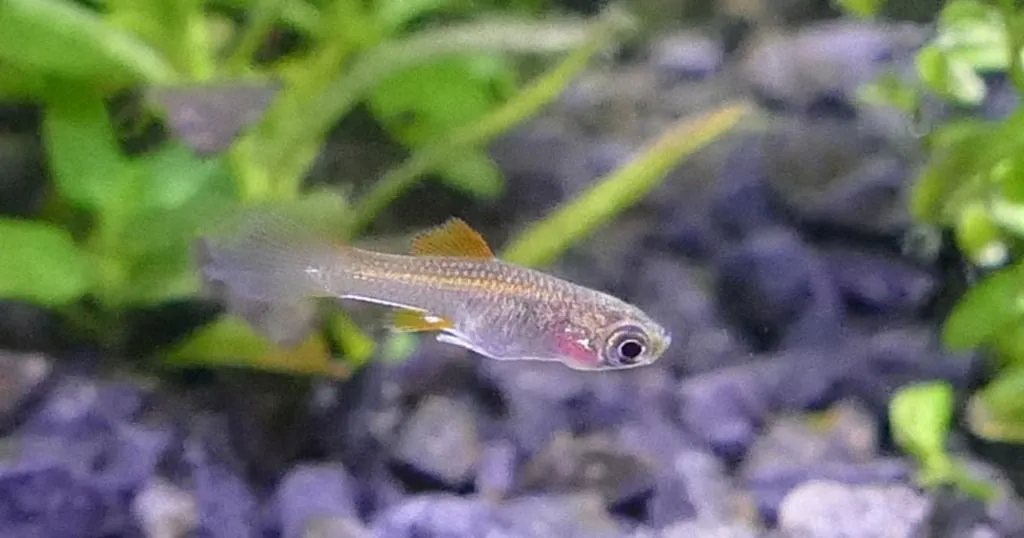Livestock Research: Tracking sheep to learn their behavior
We recently installed TrackLab at Aberystwyth University in Wales, UK, for the tracking and detailed analysis of the spatial behavior of sheep.
Posted by
Published on
Mon 16 Mar. 2020
Bhaa Bhaa now time to eat! There is still a lot to learn about the behavioral and social patterns in sheep. The more we know about them, the better we can improve the health and welfare of these livestock animals.
Recently, researchers found out that ‘Sheep know the grass isn’t always greener when it comes to their health’. Sheep appear to forage and avoid parasites differently depending on how healthy they are, according to the new University of Bristol research published in Proceedings of the Royal Society B.
For outdoor tracking, the researchers used remote GPS sensing data to monitor the foraging patterns of sheep. Indoor tracking, on the other hand, is another field of study. We were recently involved in a research project where the researchers were interested in using indoor tracking methods to understand behavioral patterns & activity in sheep. The focus is increasing the health & welfare of these livestock animals.
Read this blog to learn more about the Aberystwyth University’s project in sheep behavior tracking.
TrackLab at Aberysthwyth University in Wales, UK
Noldus consultants installed TrackLab at Aberystwyth University in Wales, UK, for the tracking and detailed analysis of the spatial behavior of sheep.
TrackLab
TrackLab is the system designed for the recognition and detailed analysis of spatial behavior. The software tracks animal movements and can help researchers analyze & understand their behavior, as well as recognize social interaction patterns. Researchers can gain insights such as location preference, if they are walking, running, standing still or lying down, and how these animals transition between areas. Analysis and statistics can be collected for the whole research area, or for specific zones (e.g. by the feeder). Collecting these patterns and activity can all be done automatically with TrackLab, which uses Ultra-Wideband (UWB) sensors and tags for precise location tracking.
TrackLab for Livestock Research at Aberystwyth University
Aberystwyth University’s Institute of Biological, Environmental and Rural Sciences (IBERS) recently chose TrackLab to help understand the behavioral patterns and activity of sheep, within the scope of the small ruminant phenotyping platform integrated in the Centre for Innovation Excellence in Livestock (CIEL), one of United Kingdom’s four Agri-Tech Centres.
They seek to examine sheep exploratory behaviors (distance walked, speed), location (animal dispersion within the pen, where they tend to rest and ruminate), and eating & drinking patterns (time spent at the feed bunk and drinker stations, at what time of the day). The researchers also hope to get more information on social interactions, sheep’s temperament, and affective state under different scenarios.

The whole system uses time stamped x, y, and z coordinates. The x and y pinpoints the location of a sheep in the pen. With the z coordinate, the height of the tag is measured, which is on the top back of a sheep, and from this one can derive if a sheep is standing or lying down.
This installation process was a simple setup that took 2 days. The first day was the hardware installation, which included cabling and positioning the sensors to their correct angles. The second day was tuning the system. Tuning is the necessary step to calibrate the tracking equipment with the software to get accurate tracking data. Around 15 cm accuracy was achieved!
The group of researchers received a formal training on how to use the entire system, as well as the TrackLab software for their behavioral research and analysis.
Conclusion
The installation of TrackLab was a success at the Aberystwyth University and the team present for the installation were pleased with the accuracy and possibilities of the system.

Interested in learning more about TrackLab?
Find resources about TrackLab, read about new and upcoming functionalities, or learn about how TrackLab can benefit your research!
Related Posts

5 EthoVision XT webinars for you to watch

To mate or not to mate? Females are less choosy when males are rare
